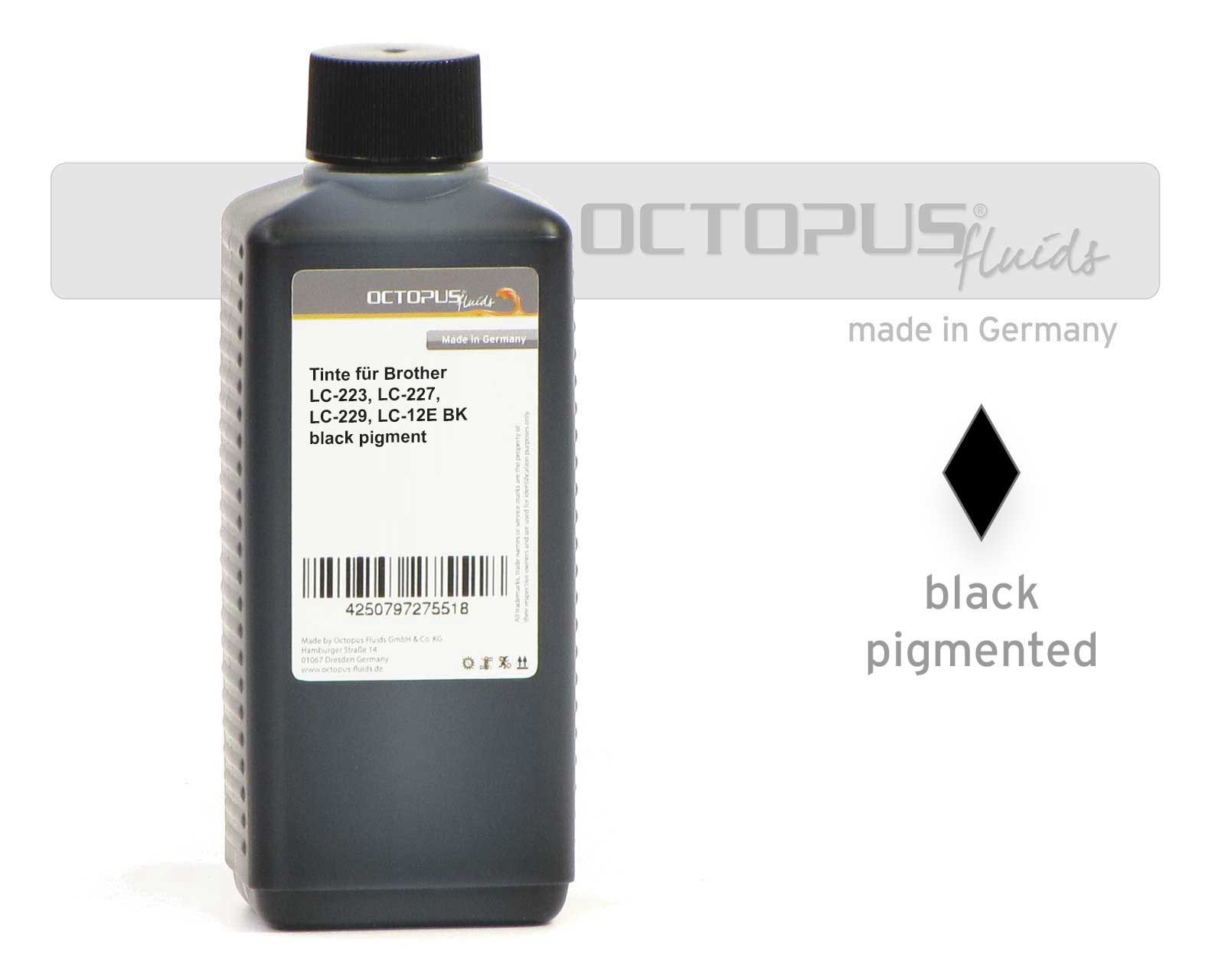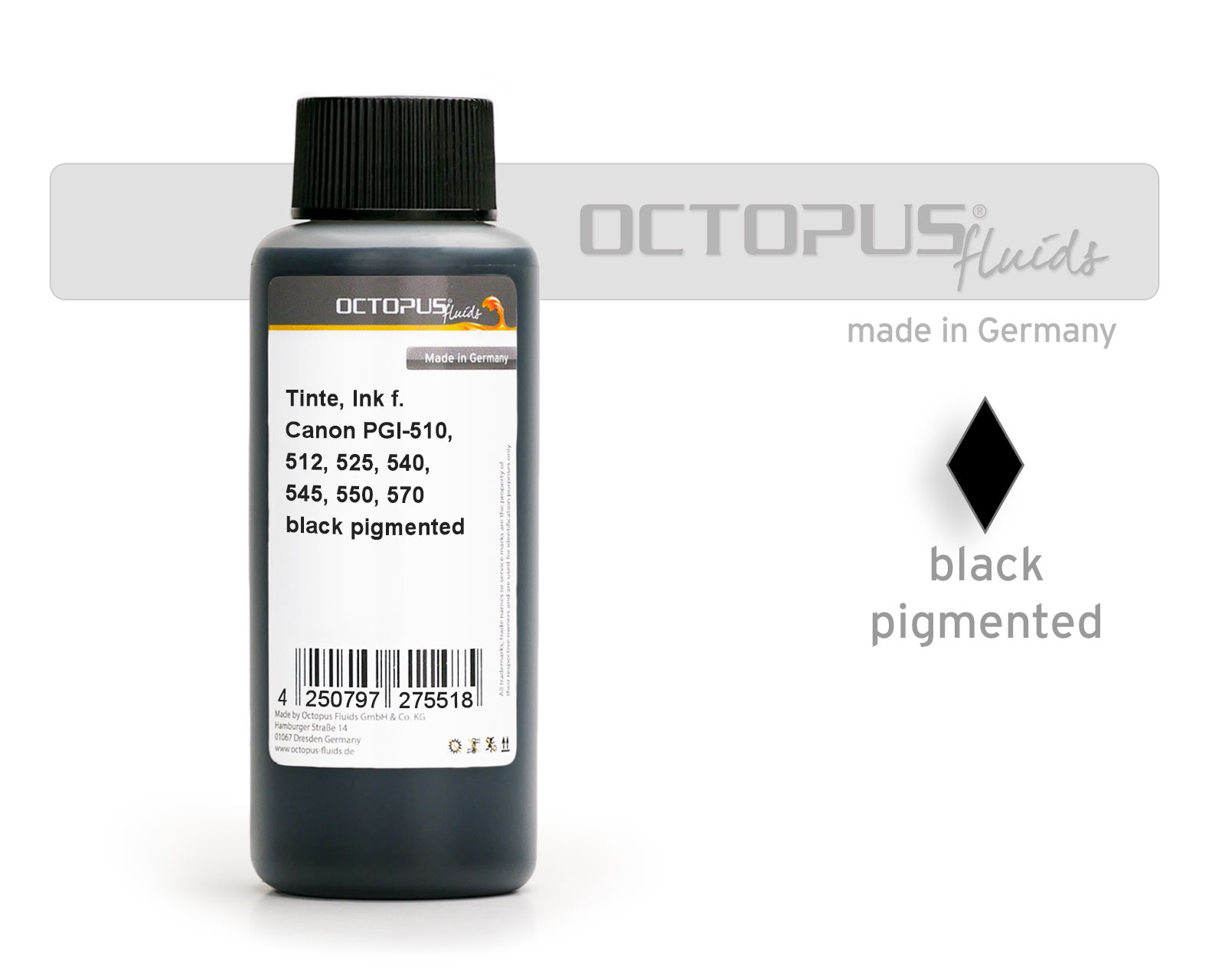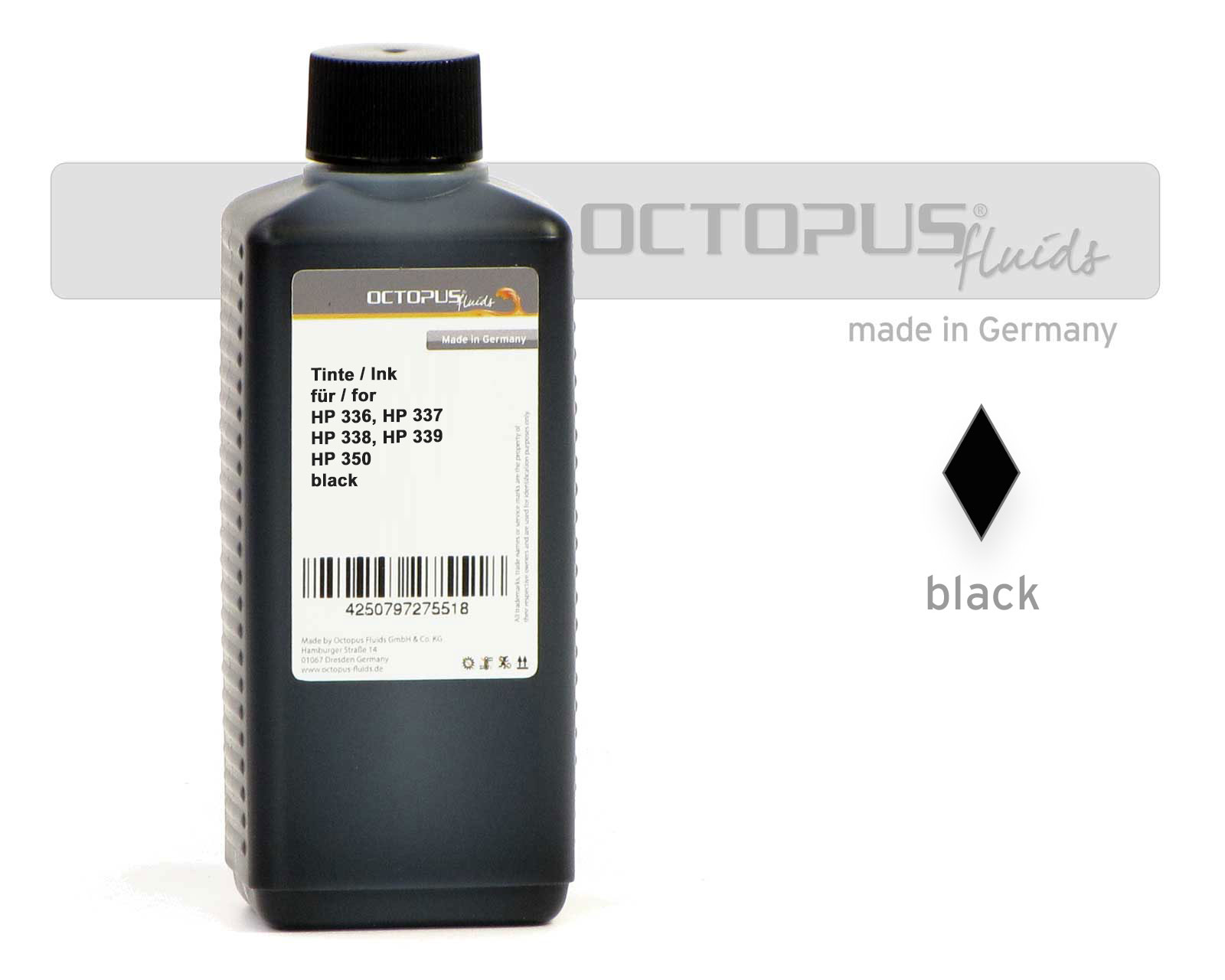Gel ink

In the 1990s, gel inks have become increasingly important. These are mostly pigmented, water-based inks, but sometimes also dye-based inks. The special feature of these inks is their rheology.
Gel inks exhibit a structurally viscous behavior, i.e. under the influence of shear forces they become thin-bodied, while at rest the ink is thick-bodied. In gel pens, liquefaction takes place in the tip by the writing ball. This makes this ink particularly well suited for use with pigments, which tend to sediment in normal (thin) inks.
Pigmented gels have the advantage over dye-based gels that the writing does not bleed on damp paper. This is a problem in countries with high humidity, such as Malaysia.
Recently, so-called liquid gels have also become available. These gels are similar in structure to normal gel inks, but are much thinner and therefore usually dye-based. Compared to the classic gels, they have the advantage that they write softer and more "liquid", penetrate better into the paper due to their lower viscosity and therefore spill less.
 Refill ink comp. with Brother LC-223, LC-227, LC-229, LC-12E black pigmented
Refill ink comp. with Brother LC-223, LC-227, LC-229, LC-12E black pigmented
 Ink for Canon PGI-525, 550, 555, 570, PG-540, 545, 510, 512 pigm. black
Ink for Canon PGI-525, 550, 555, 570, PG-540, 545, 510, 512 pigm. black
 Octopus Refill Ink for HP 336, 337, 338, 339, 350, 350 XL pigmented black
Octopus Refill Ink for HP 336, 337, 338, 339, 350, 350 XL pigmented black







